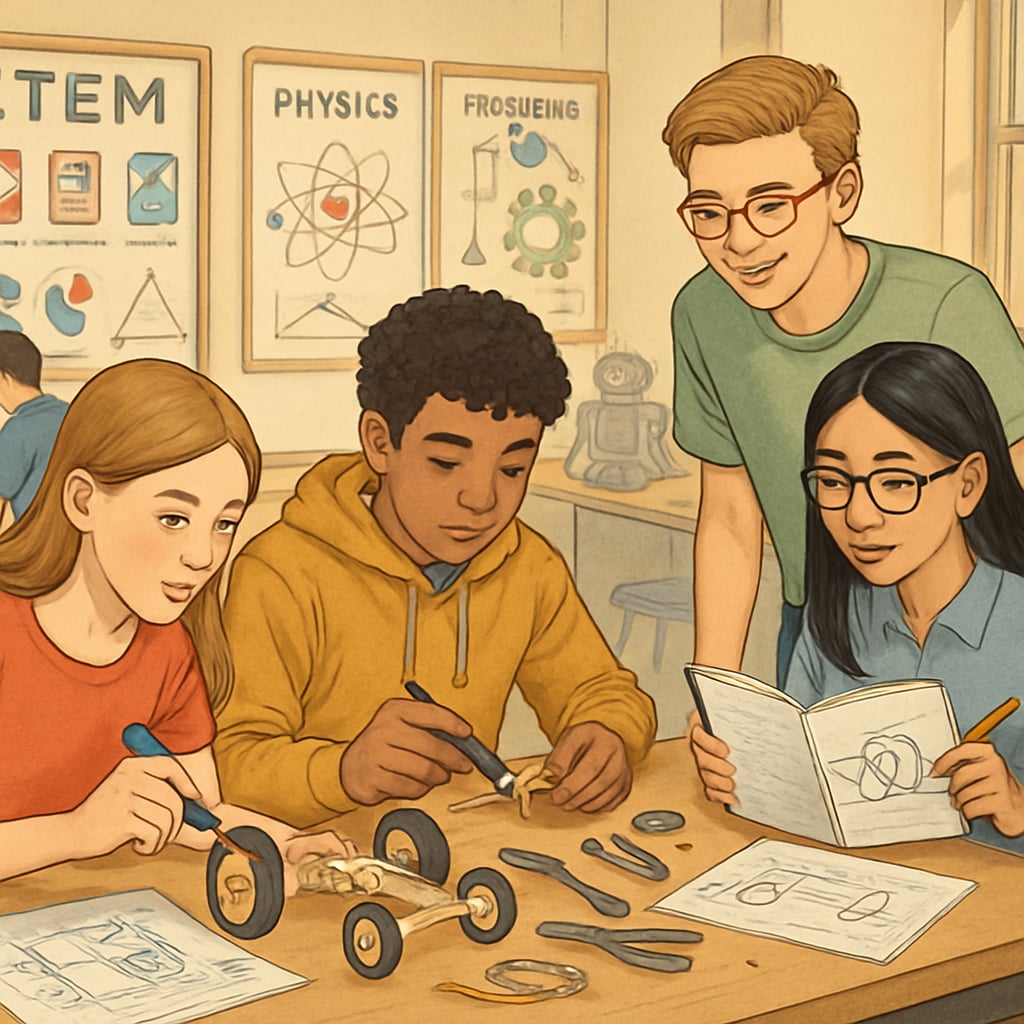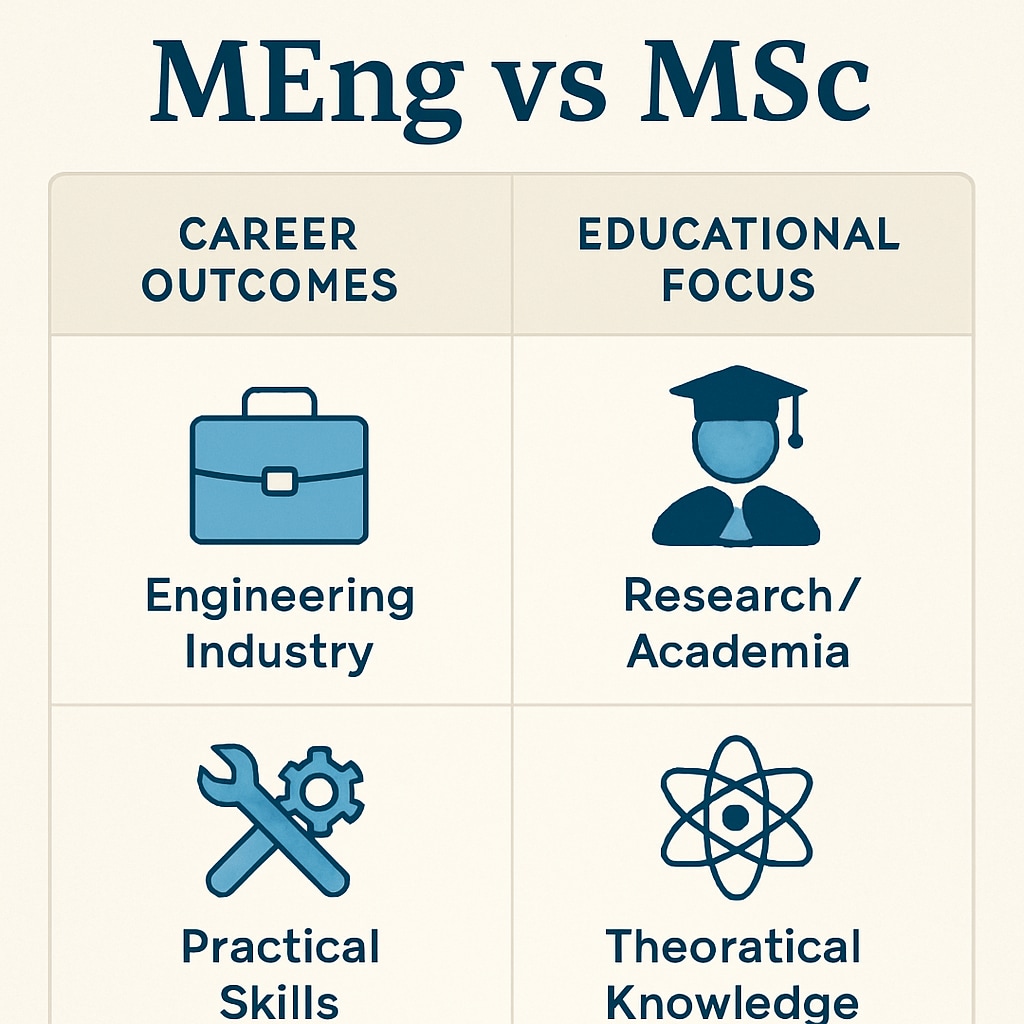Choosing the right path in design engineering is a critical decision that significantly impacts a student’s career trajectory. The interplay between early education, degree choices such as MEng (Master of Engineering) or MSc (Master of Science), and employment competitiveness cannot be overstated. This article delves into how K12 education lays the groundwork for sound academic and career decisions, equipping students with the tools to navigate this crossroads effectively.
The Role of K12 Education in Career Planning
K12 education serves as the foundation for future academic and career choices. By fostering analytical thinking, creativity, and problem-solving skills, it prepares students for the rigorous demands of design engineering. For instance, exposure to STEM (Science, Technology, Engineering, and Mathematics) subjects and project-based learning at an early age ignites interest in engineering disciplines.
Moreover, career counseling during high school can help students understand the nuances of different engineering fields. This guidance is vital for distinguishing between degree pathways like MEng and MSc, each offering unique benefits depending on career aspirations.

MEng vs MSc: Key Differences and Career Implications
One of the most significant decisions for design engineering students is choosing between an MEng and an MSc degree. The MEng, often more practice-oriented, focuses on technical expertise and industry readiness. It is ideal for students aiming for roles in engineering design, product development, or management. On the other hand, the MSc leans towards research and theoretical knowledge, suiting those inclined toward academia or specialized R&D roles.
Understanding these distinctions early on can prevent misguided choices. For example, a student interested in cutting-edge research might find an MSc more rewarding, whereas those seeking immediate industry application may benefit from an MEng program.
In addition, degree selection can influence employability. According to a comprehensive overview on Britannica, employers often value candidates whose education aligns with their specific needs, emphasizing the importance of informed decision-making during degree selection.

Building Long-Term Employability in Design Engineering
Beyond degree selection, early education impacts employability by shaping essential soft skills. For instance, teamwork, communication, and adaptability are increasingly valued in dynamic engineering environments. K12 initiatives like collaborative STEM projects or internships can nurture these competencies, giving students a competitive edge.
Furthermore, exposure to real-world engineering problems helps students recognize the practical applications of their studies. Programs like FIRST Robotics or engineering summer camps not only enhance technical skills but also instill a sense of purpose and direction.
As a result, students who receive such comprehensive preparation during their formative years are better equipped to select degrees that align with their career goals and thrive in competitive job markets.
Conclusion: Guiding Students at the Crossroads
In summary, K12 education plays a pivotal role in shaping the academic and career pathways of aspiring design engineers. By fostering foundational skills, providing career guidance, and encouraging exploration, it empowers students to make informed decisions when choosing between MEng or MSc degrees. This preparation ultimately enhances their employability and positions them for success in a competitive industry.
As educators, parents, and policymakers, we must recognize the importance of early intervention. By investing in robust K12 engineering programs, we can ensure that students are not only prepared for higher education but also capable of navigating the ever-evolving demands of the design engineering field.
Readability guidance: The article uses concise paragraphs, clear transitions, and a balance of active and passive voice to maintain readability. Key points are supported by examples, and technical terms are contextualized for broader understanding.


